Entry Type: Event
aka: Expedition from Helena to Jeffersonville and Marianna
Helena, Skirmish at (September 19–20, 1862)
Helena, Skirmishes near (October 11, 1862)
aka: Battle of Jones's Lane
aka: Battle of Lick Creek
aka: Battle of Shell Creek
Hellom (Lynching of)
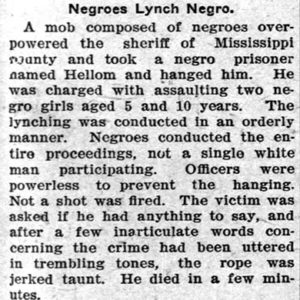 Hellom Lynching Article
Hellom Lynching Article
Helton, Kit (Execution of)
Hembree, Lathe (Execution of)
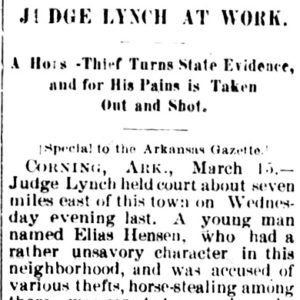 Elias Hensen Lynching Article
Elias Hensen Lynching Article
Hensen, Elias (Lynching of)
Herrig, William (Lynching of)
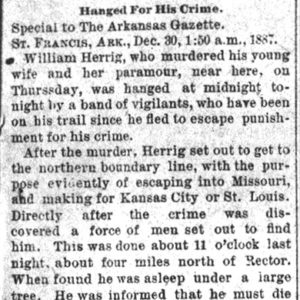 William Herrig Lynching Article
William Herrig Lynching Article
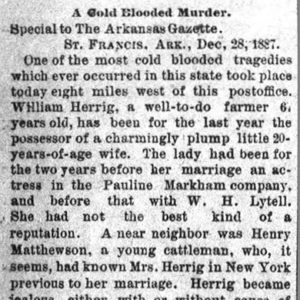 William Herrig Murders Article
William Herrig Murders Article
Hickory Plains, Skirmish at
Hickory Station, Skirmish at
Hicks, Robert (Lynching of)
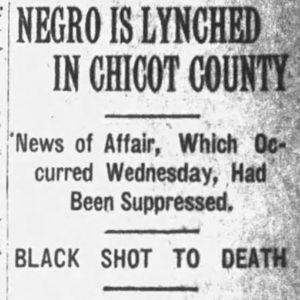 Robert Hicks Lynching Article
Robert Hicks Lynching Article
Hill’s Plantation, Action at
aka: Action at Cache River
aka: Action at Cotton Plant
aka: Action at Round Hill
 HMG Family Fit 5K Run/Walk
HMG Family Fit 5K Run/Walk
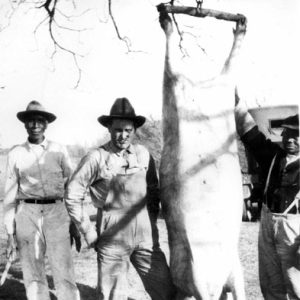 Hog Butchering
Hog Butchering
 John Hogan Lynching Article
John Hogan Lynching Article
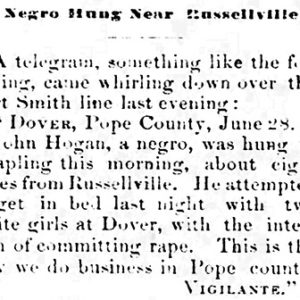 John Hogan Lynching Article
John Hogan Lynching Article
Hogan, John (Lynching of)
 Holla Bend Flooding
Holla Bend Flooding
Holland, Jim (Lynching of)
 Jim Holland Lynching Article
Jim Holland Lynching Article
 Elias Holt Lynching Article
Elias Holt Lynching Article
Holt v. Sarver
Holt, Elias (Lynching of)
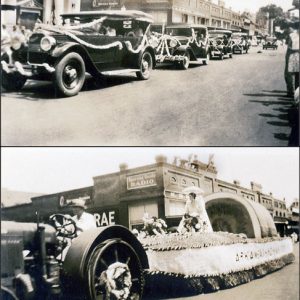 Hope Watermelon Festival
Hope Watermelon Festival
Hope Watermelon Festival
Hopkins v. Jegley
 The Hornet's Nest
The Hornet's Nest
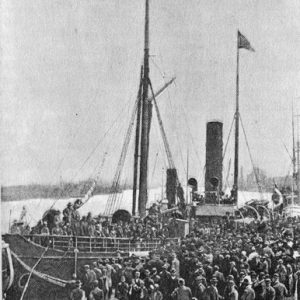 Horsa Departing for Liberia
Horsa Departing for Liberia
 Horse Rescue
Horse Rescue
Hot Springs Documentary Film Festival (HSDFF)
Hot Springs Fire of 1905
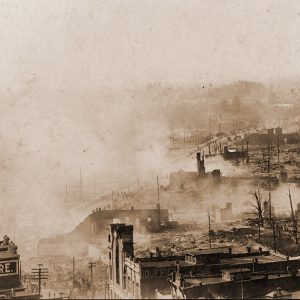 Hot Springs Fire of 1905
Hot Springs Fire of 1905
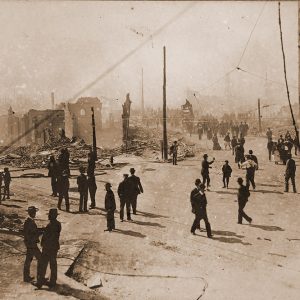 Hot Springs Fire of 1905
Hot Springs Fire of 1905
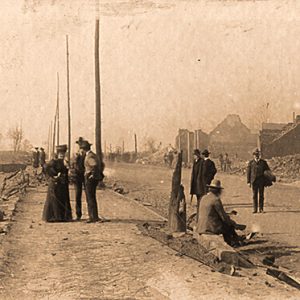 Hot Springs Fire of 1905
Hot Springs Fire of 1905
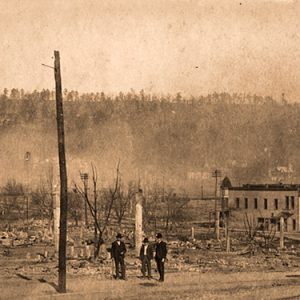 Hot Springs Fire of 1905
Hot Springs Fire of 1905
 Hot Springs Fire of 1913
Hot Springs Fire of 1913
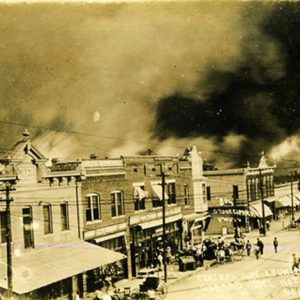 Hot Springs Fire of 1913, Central Ave.
Hot Springs Fire of 1913, Central Ave.
 Hot Springs Fire of 1913
Hot Springs Fire of 1913
 Hot Springs Fire of 1913, Central Ave.
Hot Springs Fire of 1913, Central Ave.
 Hot Springs Fire of 1913, Ouachita Ave.
Hot Springs Fire of 1913, Ouachita Ave.
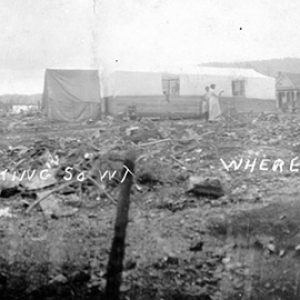 Hot Springs Fire of 1913, Where It Started
Hot Springs Fire of 1913, Where It Started
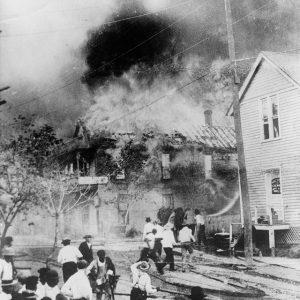 Hot Springs Fire of 1913
Hot Springs Fire of 1913
Hot Springs Fire of 1913
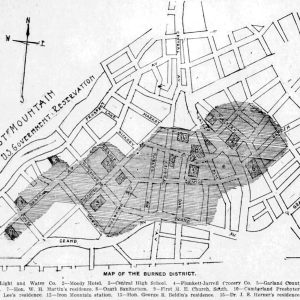 Hot Springs Fire of 1913, Map
Hot Springs Fire of 1913, Map




